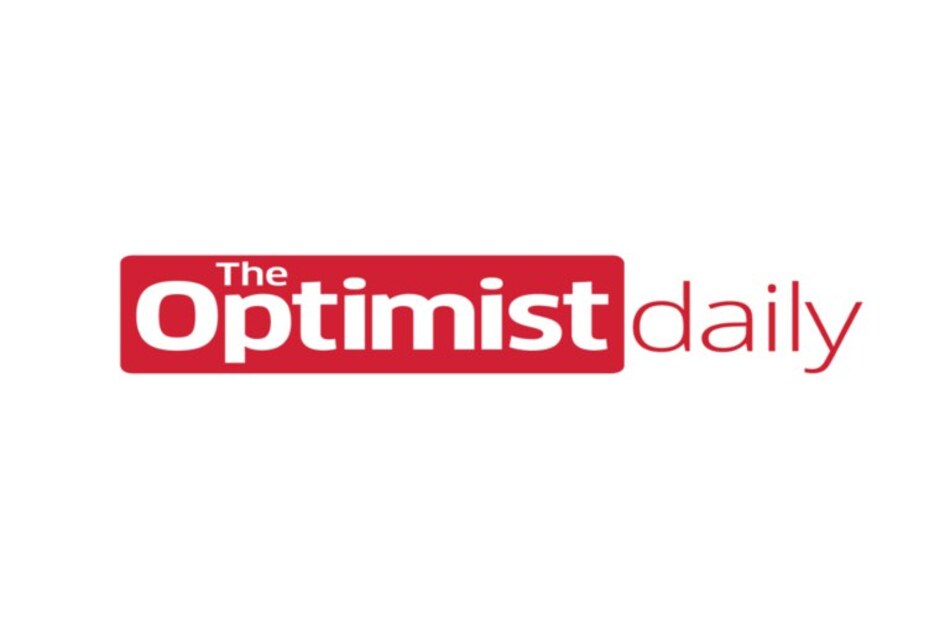This year, food banks and pantries around the world were stretched thin by the pandemic. They were and still are an essential resource for families in need, especially for households that were gravely impacted by Covid-19. Estimates indicate that the demand for these nonprofit services in the United States alone surged to serve 55 percent more people than usual.
The uptick in need combined with social-distancing rules meant that most clients received prepackaged boxes of food instead of being permitted to select the items from shelves, which was becoming an increasingly common trend before the pandemic.
Pre-packed boxes and bags are good for efficiently distributing food and minimizing contact, but the content of pre-packed packages wasn’t consistent from venue to venue and what was packed depended on the person assembling the box. This meant that the quality of products being offered, and the kind of food people received varied greatly.
People who rely on food pantries are disproportionately at risk for diet-related illnesses such as diabetes and hypertension, and most report wanting to eat more fresh fruits and vegetables. The charitable food system has the opportunity to promote healthy living by applying behavioral economics which uses “nudges” to encourage behavioral change.
A 2019 study conducted in Minnesota that included over 200 food pantries and more than 5,000 clients revealed that the top requested food categories were all healthy items. They included meat, fresh fruits and vegetables, dairy products, eggs, and other common ingredients such as flour and spices.
Over 90 percent of the participants reported a desire to get more fresh produce, but only half of the people surveyed said that fresh fruits and veggies were regularly available at their local food pantry. The participants also placed a high value on being able to choose the food items they take home.
We wrote before about a food pantry modeled after a supermarket that allowed clients the opportunity to “shop.” This method gave clients a dignified way to receive help and permitted them to choose items that they would actually eat and ingredients they knew what to do with.
Food pantry clients already expressed their desire to have healthier foods available to them, so food pantries have a unique opportunity to make that desire more easily satiated. Food pantries don’t rely on food distributors for revenue, which means that they aren’t obliged to promote certain brands over others. They can use behavioral economics to alter their layouts so that healthier food options are more prominently displayed to nudge clients toward more nutritious choices.
Behavioral economics is already being used in food pantries across the country, and studies in Utah, Minnesota, and New York have shown that people are more likely to pick up healthier food items when they are nudged to do so. In March of last year, Healthy Eating Research, a national program that supports research on strategies to promote healthy eating among children, published new guidelines for the healthfulness of food bank and pantry offerings. These guidelines are supported by the largest network of food banks in the U.S., Feeding America.
These guidelines suggest that food banks rank individual food items in a three-tiered “stoplight system” that identifies items as green, yellow, and red based on their nutritional value. Research has shown that when food ranking systems are in place, food pantry staff tend to order more nutritious food, and clients tend to leave with more healthy items in their bags than unhealthy.
Food pantries have had to innovate to accommodate the demands that were born of the pandemic. There are more client-centered practices in place such as trauma-informed services, as well as new mobile and delivery options to respect client anonymity. Once we emerge from this pandemic era and into the “new normal,” the hope is for food banks and pantries to advocate for their client’s right to choose their food while nudging them to use that choice to pick up healthier, nutrient-packed items.











